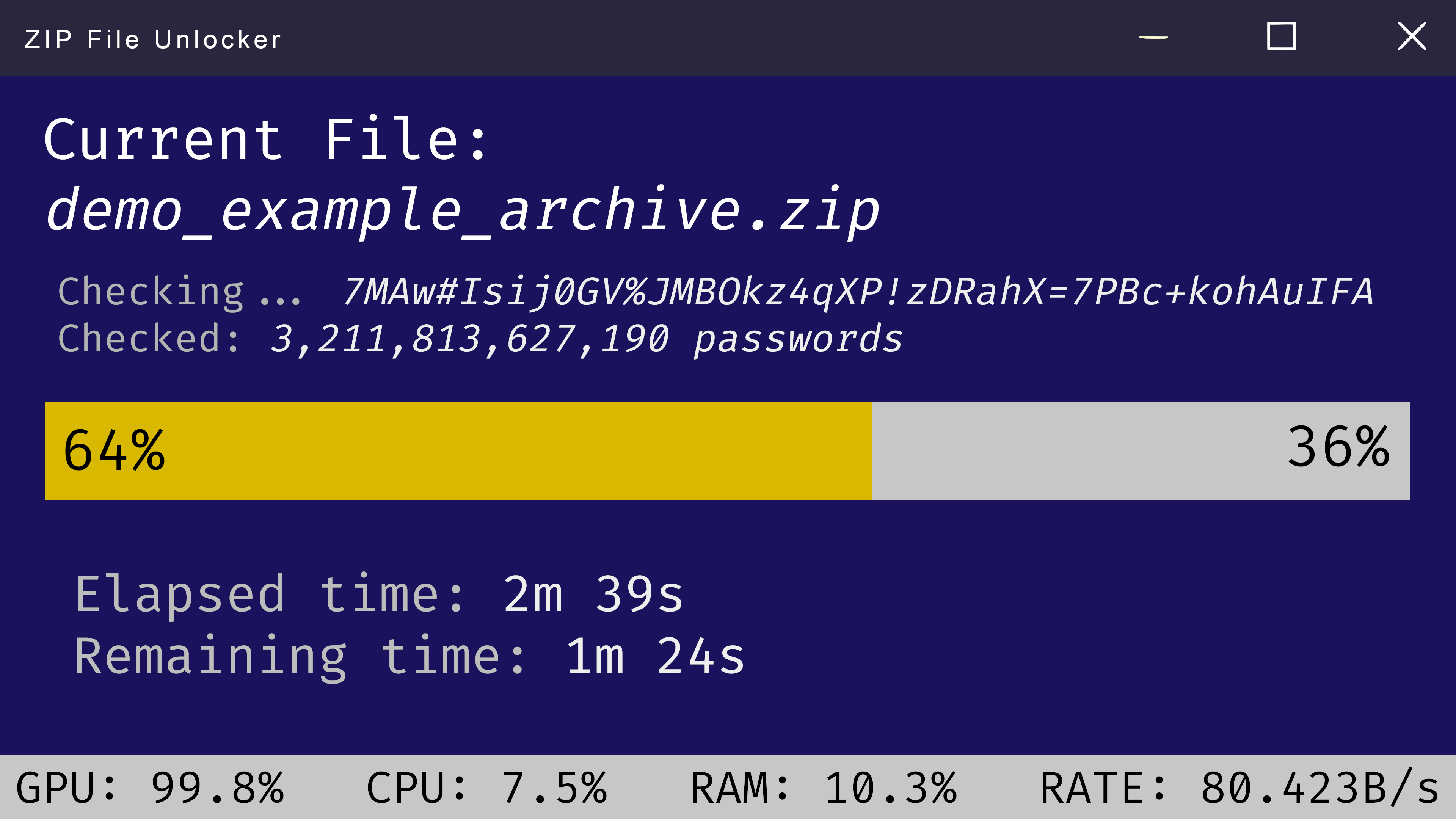Can a Password Protected File Be Opened?
Yes, a password-protected file can be opened, but only if you have the correct password. Password protection is a security measure designed to prevent unauthorized access to sensitive information. It works by encrypting the file's contents, making them unreadable without the correct decryption key, which is the password.
How Password Protection Works
When you password-protect a file, you essentially lock it with a unique key. This key, the password, is used to encrypt the data within the file. Encryption scrambles the data into an unreadable format, making it impossible to access without the correct password.
Think of it like a locked box. The box represents the file, and the password is the key. Only someone with the correct key can open the box and access its contents.
Methods of Password Protection
There are several methods for password-protecting files, including:
1. Built-in File Encryption: Operating systems like Windows and macOS offer built-in features to password-protect files and folders. This is a simple and convenient way to secure your data.
2. Password-Protected Archive Files: Tools like WinZip and 7-Zip allow you to create password-protected archive files (e.g., .zip, .rar). These archives compress and encrypt multiple files, making them ideal for sharing or storing sensitive data.
3. Encryption Software: Dedicated encryption software, such as BitLocker or VeraCrypt, provides advanced encryption algorithms and features for enhanced security.
4. Password Managers: Password managers not only store your passwords but also offer features to encrypt files and notes, adding an extra layer of protection.
Opening a Password-Protected File
To open a password-protected file, you need the correct password. The method of opening the file depends on how it was protected.
For files protected with built-in operating system features or password-protected archives, simply double-click the file and enter the password when prompted. For files encrypted with dedicated software, you'll need to use the same software to decrypt the file using the correct password.
What if You Forget the Password?
Forgetting the password to a protected file can be frustrating. Unfortunately, there's no guaranteed way to recover the data without the password. However, there are a few options you can try:
1. Password Recovery Software: Several software tools are available that attempt to crack passwords using various techniques. The success rate depends on the complexity of the password and the encryption method used.
2. Brute-Force Attacks: These attacks involve trying all possible password combinations. This method can be time-consuming and may not be successful, especially for strong passwords.
3. Professional Data Recovery Services: Specialized companies offer data recovery services and may be able to help retrieve data from password-protected files. However, this can be an expensive option.
Tips for Strong Passwords
To prevent unauthorized access to your password-protected files, it's crucial to use strong and unique passwords. Here are some tips:
- Use a combination of uppercase and lowercase letters, numbers, and special characters.
- Make your password at least 12 characters long.
- Avoid using common words or personal information.
- Consider using a password manager to generate and store your passwords securely.
Conclusion
Password protection is an essential security measure to safeguard your sensitive information. While it's possible to open a password-protected file with the correct password, forgetting the password can lead to data loss. Therefore, it's crucial to choose strong passwords and store them securely. If you're unsure how to password-protect your files or need assistance with data recovery, consult a cybersecurity professional.


 Windows
Windows MacOS
MacOS Linux
Linux